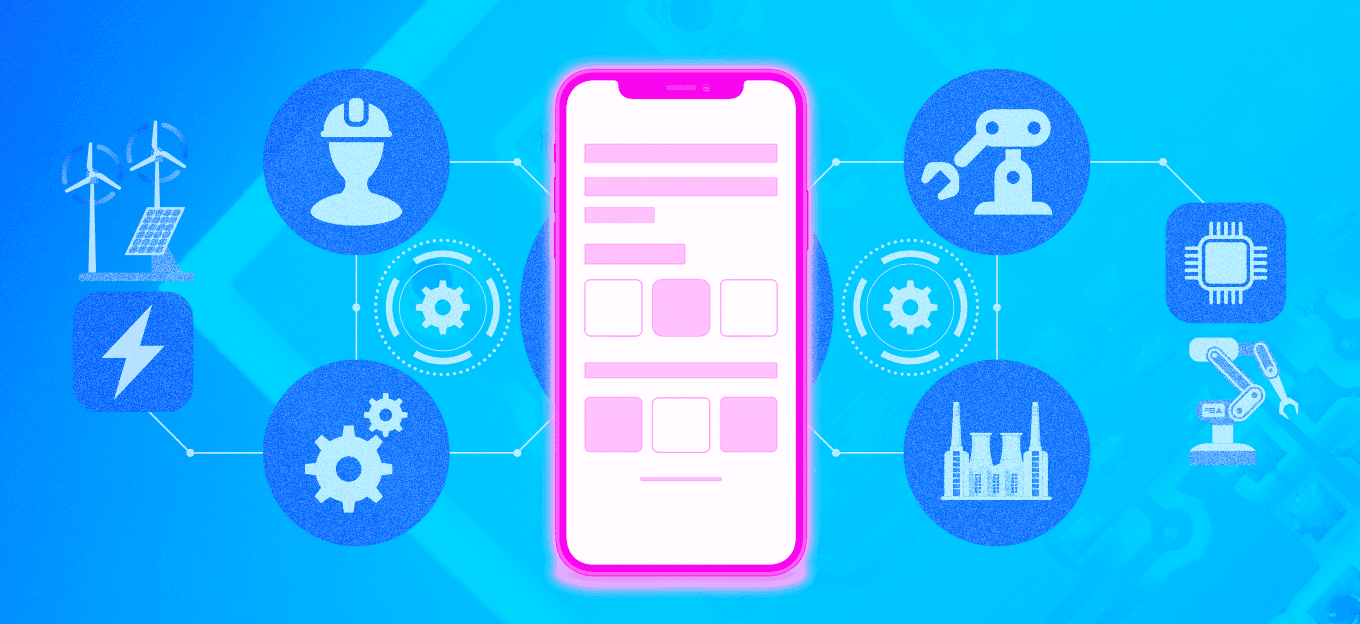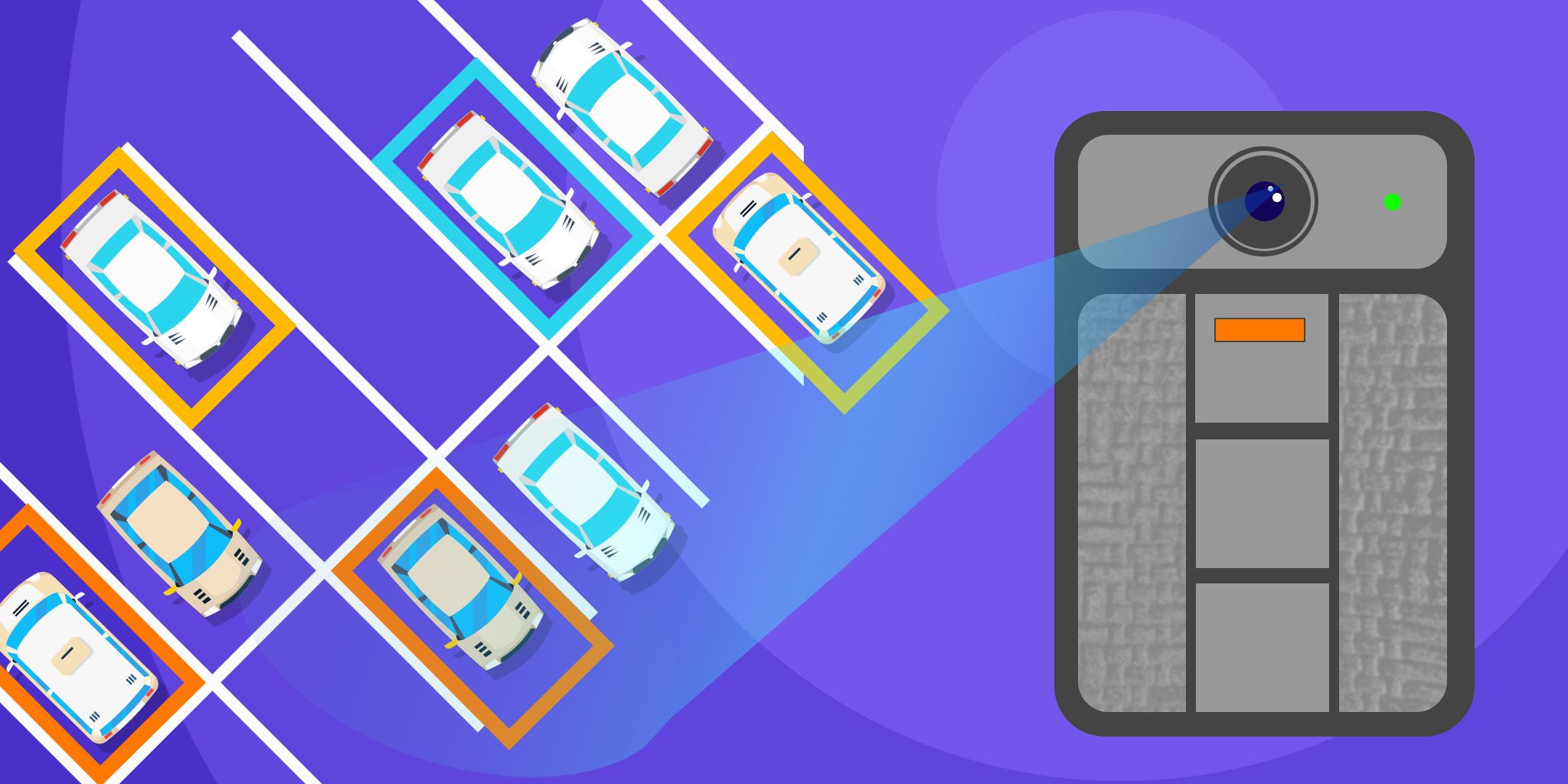React Native Framework: Crafting Intuitive Mobile Apps for Next-Gen Connected Cars
React Native Framework: Crafting Intuitive Mobile Apps for Next-Gen Connected Cars
- Last Updated: December 2, 2024
Embitel Technologies
- Last Updated: December 2, 2024



Connected cars have progressively created a transformative change in the automotive industry. This advancement was fueled by the introduction of smart dashboards and In-Vehicle Infotainment Systems with intelligent applications built-in.
Today, automotive OEMs are also exploring the possibilities of offloading apps from the vehicle’s dashboard to the driver’s smartphone (The LCD touchscreen would remain on the dash for driver interaction). This rising trend of smartphone-based infotainment and vehicle tracking is made possible through technologies that help create intelligent mobile apps. React Native Framework is one such mobile app development technology that has gained immense popularity since its introduction in 2015.
Explore how React Native differs from traditional native app development methodologies and the advantages of the technology in the context of automotive mobile apps and connected cars.
In this article, we will explore the advantages of React Native app development in the context of automotive mobile apps. But first, let us understand what React Native development is and how it differs from traditional native app development.
What is React Native?
React Native is a framework that helps developers in building cross-platform mobile applications. It is an open-source framework that uses JavaScript (JS) and a JS library. The React Native framework can be used to craft native apps for Android and iOS within a fraction of the time it would take using traditional native app development methods.
In traditional native app development, Swift is used for coding iOS applications. Also, knowledge of Java is a must while developing Android-based apps. If the business requirement is to develop apps for both operating systems, the development activities would have to be performed separately for each OS. The timeframe for the development phase would also be significantly high.
The React Native app development technology makes it possible to create exciting mobile apps compatible with iOS and Android platforms with just one code!
How Does React Native Work?
React Native development suits engineers who have limited knowledge of Swift (for iOS) or Android-specific Java. They only need to have expertise in JavaScript and basic knowledge of native app development technologies. The React Native framework can be used to render the UI for both Android and iOS platforms. These apps are compiled into natively written code. This results in performance amplification of the apps. This prevents loading issues and any kind of lags.
React Native components can also be integrated with the code of an existing mobile app. This offers a great level of flexibility in the usage of the framework. Since React Native is an open-source framework, the reusability of components is a big advantage. A large community of developers has contributed to the framework, and it is possible to receive timely guidance from this community. There is also a goldmine of information within the community, as the members are encouraged to post about their learnings and best practices regularly.
Apps created using React Native technology have uncomplicated user interfaces that are highly responsive. React Native framework enables apps to connect to third-party/native modules such as Google Maps through plugins. This opens up a world of possibilities for customization of these apps.
Another striking advantage of React Native development is the stability of the framework and its modular architecture. Parent data is secured in such a way that child components cannot alter it. Changes in the parent data are possible only after developers change their state and systematically apply them there. Hence, this feature ensures that changes are only applied to components with the right permissions.
React Native Mobile App Development in the Automotive Industry
React Native app development has been a boon to multiple industries. This technology has empowered businesses to create scalable and stable apps for eCommerce, gaming, hospitality, social networking, etc., with the shortest time to market. Likewise, React Native app development is also popular in the automotive domain.
IoT powered mobile apps developed using the React Native framework can fetch data from online/third-party locations. Apart from that, these apps can also fetch data from built-in sensors on the mobile device itself.
- The location of a vehicle, weather data, information from the Bluetooth module, WiFi data, accelerometer and gyroscope data, etc., can be gathered and displayed on a dashboard to assist the driver.
- In electric vehicles, mobile apps can be used for functions like car lock/unlock, schedule charging, monitor charging status, remote charging, temperature controls (such as AC control), etc.
- Another important Applications of React Native mobile apps in the automotive industry is monitoring driver behavior and associated analytics.
- Automotive mobile apps can also gather car maintenance data to provide valuable insights to the driver.
- Additionally, music/media player applications and other infotainment features can be offloaded to mobile apps from the car dashboard.
- React Native apps can also be used for incorporating security features like SVN (Stolen Vehicle Notification) in the vehicle.
How Do Stolen Vehicle Notifications Work?
If a driver identifies that his/her vehicle is stolen, they can enable SVN notification from the mobile application. It is possible to control the connected vehicle through the app so that the following results are achieved:
- If the stolen vehicle is in driving mode, the car's speed will not exceed a predefined value.
- If the vehicle is in parked mode, it cannot be unlocked until the SVN is disabled.
Hence, a single mobile app developed using the React Native framework can be part of the connected car’s telematics system to effectively track, diagnose, and control the vehicle.
Conclusion
Connected cars, equipped with cutting-edge digital cockpits and PAN/WAN connectivity, have brought to life supreme comfort and unparalleled driving experiences. Drivers, passengers, pedestrians, and the entire transportation ecosystem will benefit immensely from IoT's strategic advantages.
Currently, the potential of IoT mobile applications has been tapped only in luxurious or innovative vehicle designs. It is only a matter of time before such apps are introduced for a wider range of automobiles.
The React Native framework for IoT mobile app development is evolving at a quick pace. Likely, the limitations of the platform will soon be mitigated through the introduction of new components. And utilizing the advantages of this technology for automotive app development will then be a game-changer for businesses in the industry.
The Most Comprehensive IoT Newsletter for Enterprises
Showcasing the highest-quality content, resources, news, and insights from the world of the Internet of Things. Subscribe to remain informed and up-to-date.
New Podcast Episode

Moving Past the Pilot Phase in IoT and AI
Related Articles





